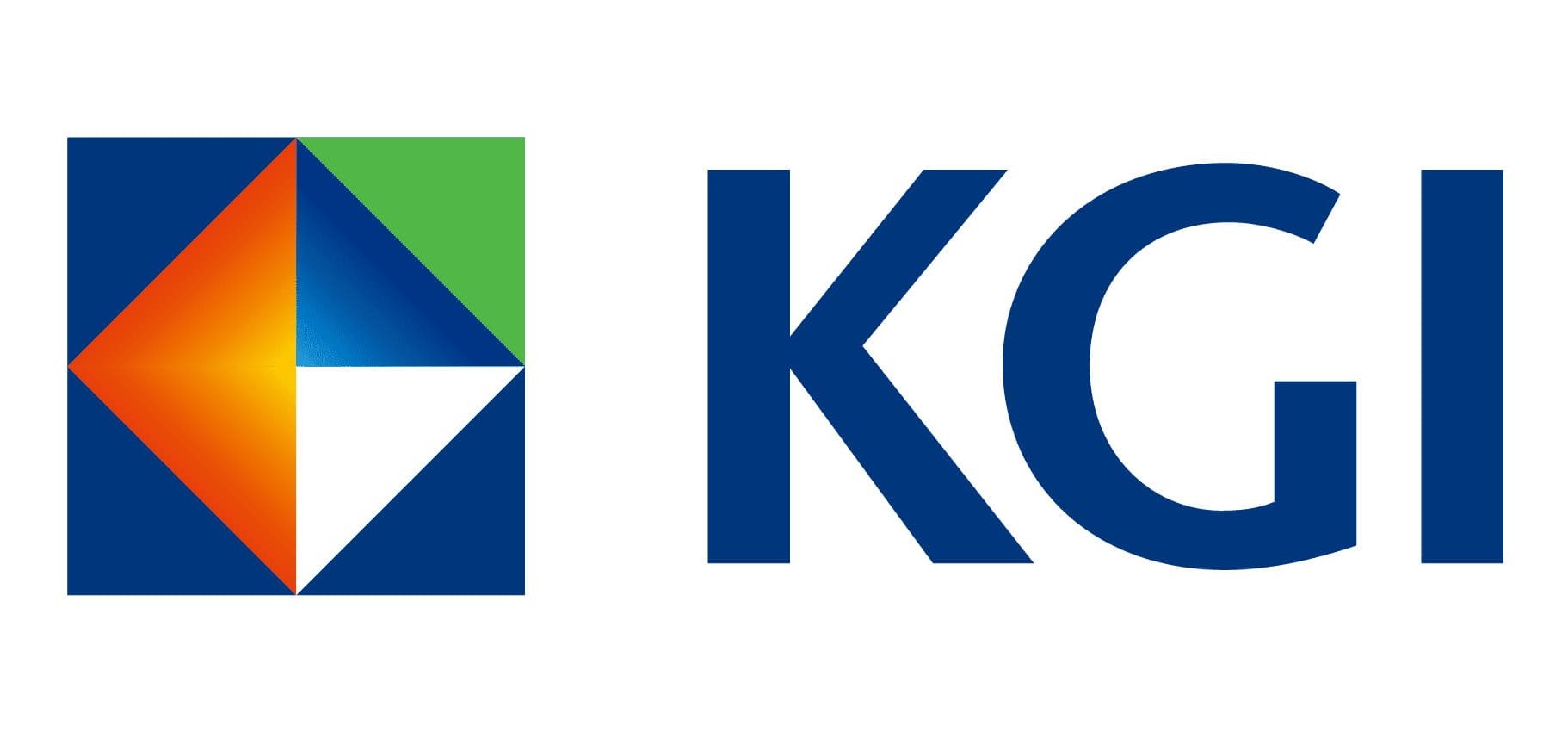Company Update: Sasseur REIT (SASSR SP/CRPU.SI)
Company Update: 24 March 2025
REIT-vitalisation of China’s economy.
- Record high portfolio occupancy and resilient leasing demand. Sasseur REIT achieved a record-high occupancy rate of 98.9% in 4Q24, demonstrating strong tenant demand and effective asset management. While 2H24 outlet sales in RMB declined 3.9% YoY, the REIT has continued optimizing its tenant mix to sustain footfall and enhance rental revenue.
Strategic asset enhancements driving value
Recent asset enhancement initiatives (AEIs) at the Kunming and Hefei outlets, including improving retail layouts and adding parking spaces, have enhanced the shopping experience and increased foot traffic. Plans to install energy-efficient air-conditioning systems at the Chongqing Liangjiang Outlet between 2025-2027 are expected to improve operational efficiency and cost savings.
China’s interest rate stability and potential for future cuts
China’s one-year loan prime rate (LPR) and over-five-year LPR remained unchanged at 3.1% and 3.6%, respectively. Although rates have remained flat recently, cumulative reductions in 2023 totaled 35 basis points for the one-year rate and 60 basis points for the over-five-year rate, marking the largest annual cuts on record. Further LPR reductions could be introduced as part of China’s counter-cyclical monetary policies aimed at supporting economic growth. These policies would benefit Sasseur REIT by lowering borrowing costs for both onshore and offshore RMB-denominated loans, creating a more accommodative monetary environment, enhancing Sasseur REIT’s ability to refinance at lower interest rates, and improving its overall financial flexibility.
Valuation & Action
We maintain our OUTPERFORM rating on Sasseur REIT with a target price of S$0.90, derived from a Dividend Discount Model (DDM) incorporating an 8.7% cost of equity and a 1.5% terminal growth rate. Our confidence in Sasseur REIT’s ability to deliver stable and resilient returns is underpinned by its strong management team, effective tenant mix strategy, and a 3% annual escalation in fixed rental income, which collectively support its long-term growth and income stability.
Risks
A higher-than-expected drop in DPU could occur if the sponsor is unable to support the 60% to 70% fixed income component. RMB depreciation is another risk factor given that 100% of sales are derived from China’s retail spending.


